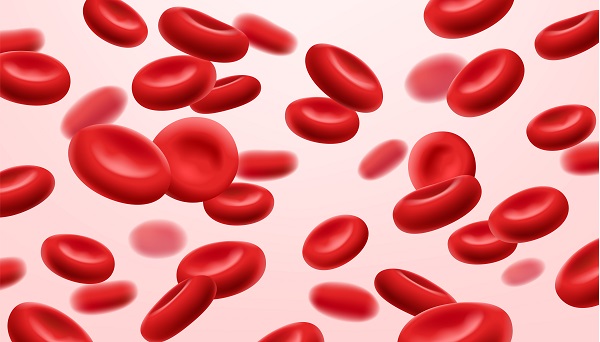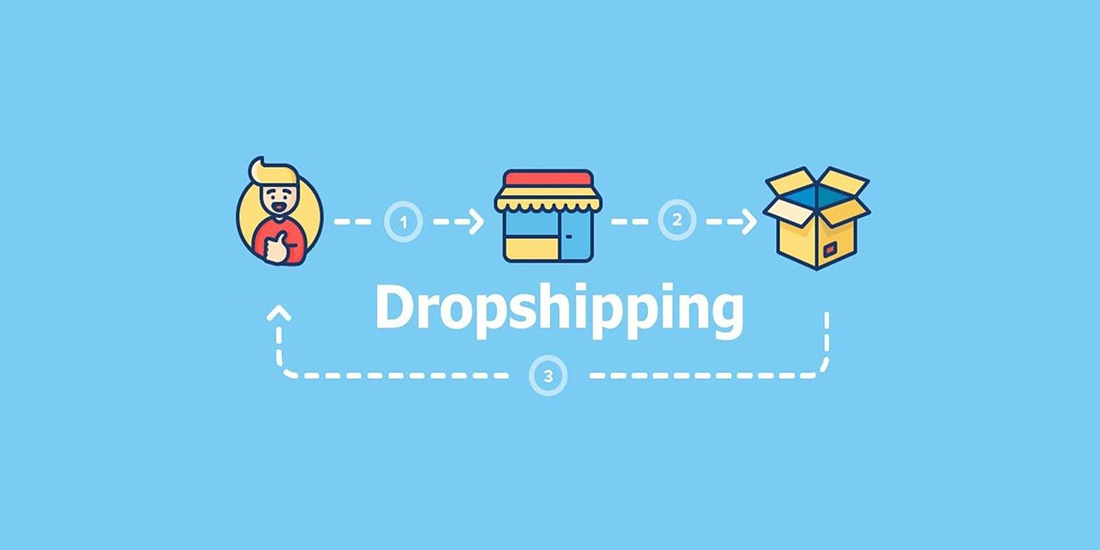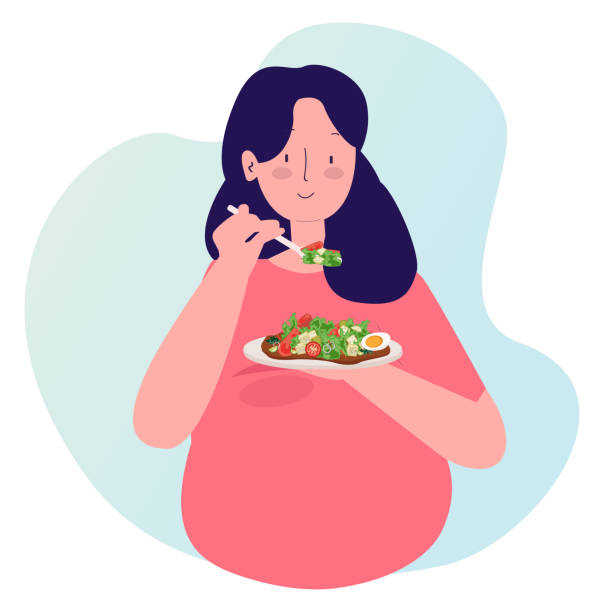Anemia is a common health condition that occurs when the number of healthy red blood cells or the level of hemoglobin in the blood falls below normal. People with anemia suffer from symptoms such as severe fatigue, pale skin, shortness of breath, dizziness, and rapid heartbeat. Iron deficiency is the most common cause of anemia, but it can also result from a deficiency in vitamin B12 or folic acid (B9). In this article, we will review in detail the beneficial foods for anemic patients that help improve their condition, as well as the foods to avoid because they hinder the absorption of iron and essential nutrients.
Beneficial Foods for Anemic Patients
1. Iron-Rich Foods
Iron is an essential element for the production of hemoglobin, the protein responsible for carrying oxygen in red blood cells. There are two types of iron in food:
Heme Iron
This is the most easily absorbed form and is found in animal sources such as:
- Red meat (beef, lamb)
- Liver (beef, chicken, lamb), with 100 grams of cooked beef liver containing 6.49 milligrams of iron
- Poultry (chicken, turkey)
- Fish and seafood (oysters, shrimp, sardines, tuna, salmon)
Non-Heme Iron
Found in plant sources and is less absorbed than heme iron, but its absorption can be improved by consuming vitamin C with it. Its sources include:
- Dark leafy greens (spinach, kale, collard greens)
- Legumes (lentils, chickpeas, red and white beans, soybeans)
- Nuts and seeds (pumpkin seeds, cashews, pistachios, almonds), with 100 grams of unsalted pumpkin seeds containing 8.07 milligrams of iron
- Dried fruits (raisins, dried apricots, prunes)
- Iron-fortified foods (breakfast cereals, whole wheat bread, fortified pasta)
2. Vitamin C-Rich Foods
Vitamin C increases the absorption of non-heme iron from plant sources by up to 300%. Its most important sources include:
- Citrus fruits (oranges, grapefruit, lemons)
- Bell peppers of various colors
- Kiwi, strawberries, watermelon
- Broccoli, tomatoes, tomato juice
- Leafy greens such as spinach and arugula
3. Vitamin B12-Rich Foods
Vitamin B12 is essential for the production of red blood cells, and its deficiency can lead to pernicious anemia. Its sources include:
- Animal products (red meat, poultry, fish)
- Liver and kidneys
- Eggs
- Milk and dairy products (yogurt, cheese)
- Vitamin B12-fortified foods (some breakfast cereals, fortified soy milk)
4. Folic Acid (Vitamin B9)-Rich Foods
Folic acid is necessary for the formation of red blood cells and the prevention of anemia. Its sources include:
- Dark leafy greens (spinach, kale, turnip greens)
- Legumes (lentils, beans, chickpeas)
- Liver
- Avocado, oranges, cantaloupe
- Whole grains and folic acid-fortified foods
5. Organ Meats (Offal)
Organ meats such as liver, heart, kidneys, and beef tongue are among the richest sources of iron and other nutrients important for blood health. Every 90 grams of cooked liver contains 6.1 to 16.1 mg of iron, covering the daily needs of adults, which range between 8-18 mg.
Foods to Avoid or Reduce for Anemic Patients
Some foods and drinks contain compounds that hinder the absorption of iron and other essential nutrients for the production of red blood cells. The most important of these include:
1. Calcium-Rich Foods
Calcium interferes with iron absorption when consumed together. Therefore, it is recommended to:
- Avoid consuming dairy products (milk, cheese, yogurt) with iron-rich meals
- Separate the intake of iron supplements and dairy products by at least two hours
- Limit calcium-rich foods such as bananas, sesame seeds, and chia seeds with main meals
2. Tannin-Rich Foods and Drinks
Tannin is a compound found in some beverages that binds to iron and reduces its absorption. Its sources include:
- Tea (especially black and green tea)
- Coffee
- Some fruits such as grapes and berries
Tip: It is preferable to drink tea or coffee at least two hours after a meal.
3. Phytic Acid-Rich Foods
Phytic acid is found in many plant-based foods and binds to iron in the digestive system, reducing its absorption. Its sources include:
- Legumes (beans, lentils, chickpeas)
- Whole grains (brown rice, whole wheat)
- Nuts (walnuts, almonds)
- Seeds (sunflower seeds, sesame seeds)
Tip: The effect of phytic acid can be reduced by soaking legumes and grains before cooking them, or by consuming them with sources of vitamin C.
4. Oxalic Acid-Rich Foods
Oxalic acid has a similar effect to phytic acid, as it binds to iron and reduces its absorption. Its sources include:
- Spinach (although it is rich in iron)
- Beets
- Chocolate
- Peanuts
- Parsley
5. Gluten-Containing Foods
Anemic patients who have gluten sensitivity or celiac disease should avoid gluten-containing foods because they may damage the lining of the intestines and reduce the absorption of iron and other nutrients. Its sources include:
- Wheat and its products (bread, pasta)
- Barley
- Oats (unless gluten-free)
6. Alcohol
Alcohol negatively affects the absorption of iron and other nutrients, and may cause inflammation in the stomach and intestines, worsening the condition of anemia.
Tips to Improve Iron Absorption and Prevent Anemia
- Combine Iron with Vitamin C: Eat vitamin C-rich foods with iron-rich meals to enhance absorption. For example: orange juice with a steak, or a vegetable salad with lemon juice.
- Cook Food in Iron Pots: Cooking in iron pots can increase the iron content of food, especially acidic foods such as tomato-based sauces.
- Organize the Timing of Inhibitory Foods: Such as drinking tea or coffee or consuming dairy products between meals and not with them.
- Soaking and Sprouting: Soaking legumes and whole grains before cooking helps reduce their phytic acid content, improving iron absorption from them.
- Diversify Food Sources: Especially for vegetarians who rely on non-heme iron, they should eat a variety of iron-rich plant-based foods with sources of vitamin C.
- Pay Attention to Periods of Increased Iron Needs: Such as pregnancy, breastfeeding, heavy menstruation, and growth spurts in children, as iron needs increase during these periods.
- Consult a Doctor: If symptoms of anemia persist despite following a healthy diet, the patient may need iron or other vitamin supplements as recommended by the doctor.
Conclusion
Anemia is a condition that can be managed and improved through a proper diet. The diet for anemic patients focuses on eating foods rich in iron (especially heme iron from animal sources), vitamin B12, folic acid, and vitamin C, which enhances iron absorption. In contrast, foods and drinks that hinder iron absorption, such as those rich in calcium, tannins, phytic acid, and oxalic acid, should be limited, and their consumption times should be organized.
We must remember that diet alone may not be sufficient to treat anemia in some severe cases, so it is important to consult a doctor to determine the exact cause of anemia and prescribe the appropriate treatment, which may include nutritional supplements or other treatments as needed.
By following these dietary guidelines, anemic patients can improve their health, increase energy levels, and enjoy a more active and productive life.



